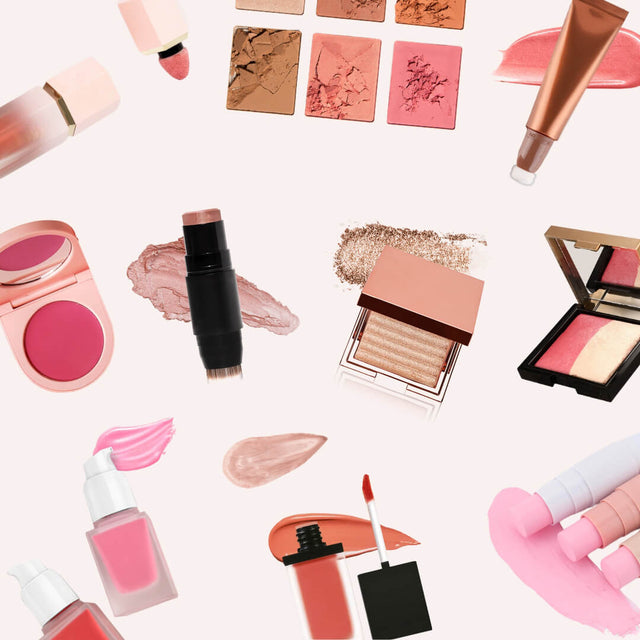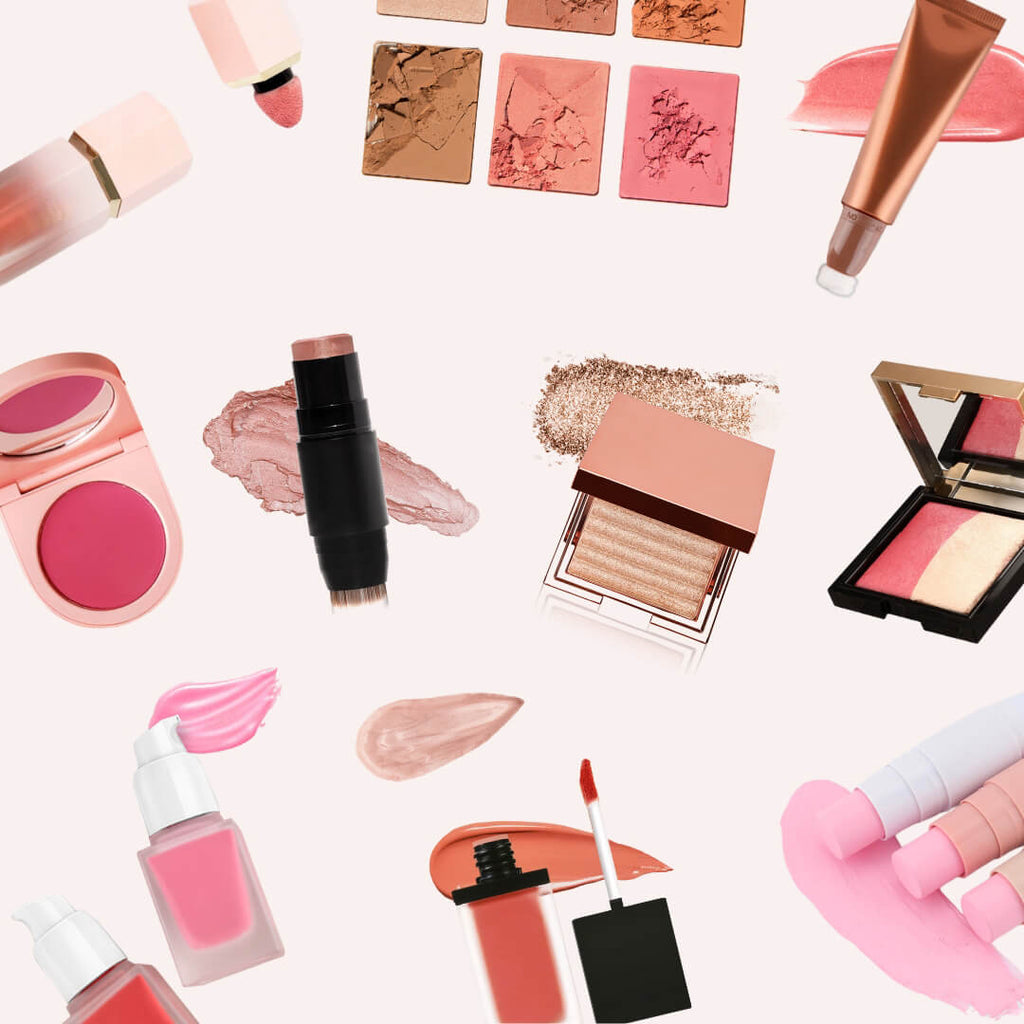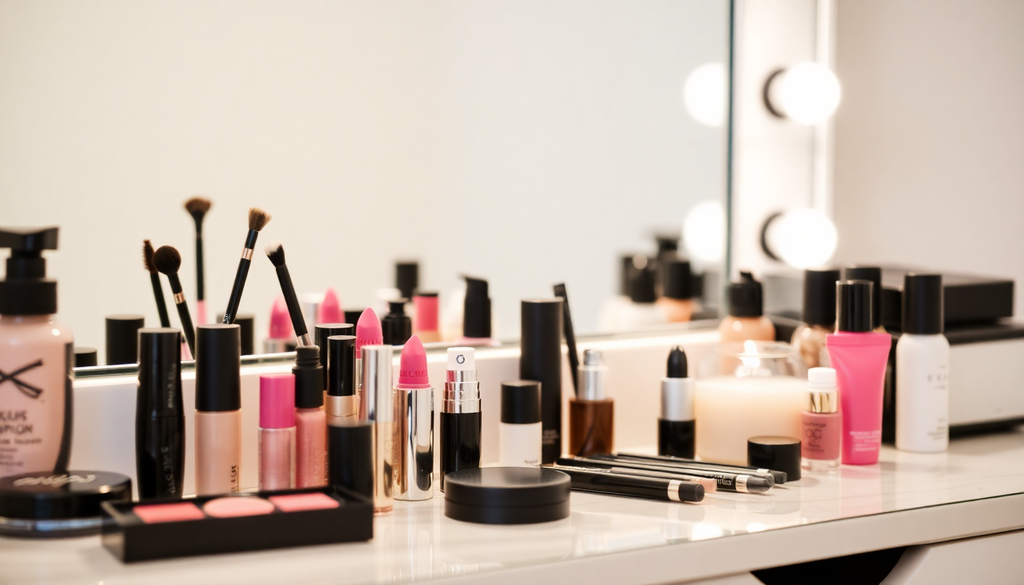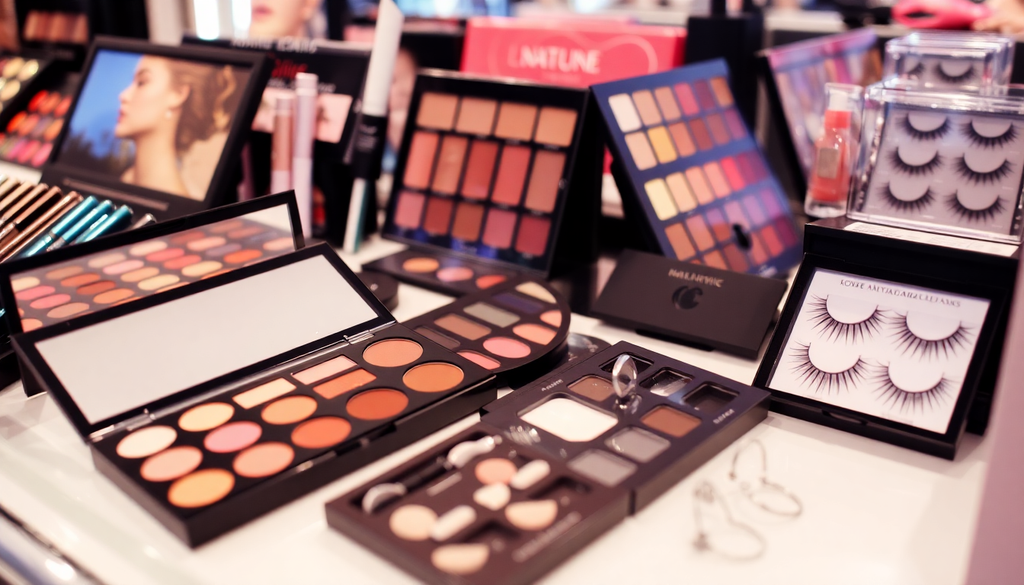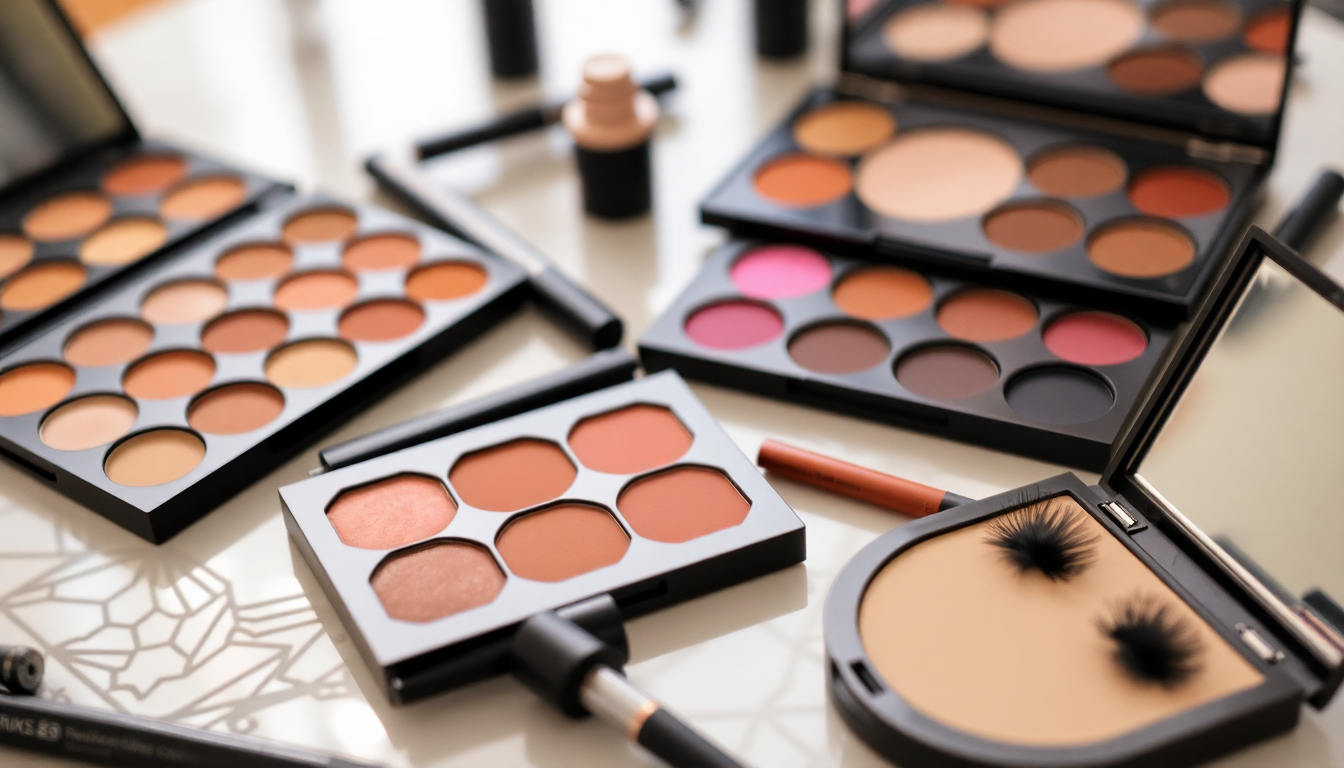
Navigating Global Makeup Markets: Essential Steps for Launching Your Brand from Custom Eyeshadow Palettes to Magnetic Lashes in 2025
Introduction
The beauty industry is one of the most dynamic and rapidly evolving sectors globally, and launching a makeup brand in 2025 presents a wealth of opportunities for entrepreneurs. With trends shifting toward customization, sustainability, and innovative product formulations like custom eyeshadow palettes and magnetic lashes, it's crucial to understand the complexities of global makeup markets. This comprehensive guide will provide you with the essential steps for establishing your brand, navigating regulatory requirements, setting up an online store, and implementing effective marketing strategies tailored to different regions.
Understanding Global Makeup Markets
Before diving into the specifics of launching your brand, it's vital to familiarize yourself with the diverse global markets and their unique characteristics. Each region has its own regulations, consumer preferences, and market dynamics. Here’s an in-depth look at some key markets to consider:
- United States: The U.S. market is known for its variety and high demand for innovative beauty products. Consumers increasingly seek brands that emphasize cruelty-free and vegan formulations. To enter this market, ensure compliance with FDA regulations, including ingredient safety, labeling, and claims substantiation. Engage with your audience through social media platforms, focusing on authenticity and transparency.
- European Union: The EU is one of the most regulated markets for cosmetics. Brands must adhere to the Cosmetics Regulation (EC) No 1223/2009, which mandates that all products undergo safety assessments before being marketed. Additionally, labeling must include all ingredients and any claims made must be substantiated. The EU is also seeing a growing trend toward clean beauty, so consider formulating products without controversial ingredients.
- China: Entering the Chinese market requires navigating complex import policies and animal testing regulations. To sell cosmetics in China, you must register with the National Medical Products Administration (NMPA) and comply with local laws. Additionally, there's a strong preference for K-beauty (Korean beauty) products, which emphasizes innovative formulations and attractive packaging. Collaborating with local influencers can significantly boost brand visibility.
- Australia: Australia boasts a vibrant beauty market characterized by a strong preference for natural and organic products. Brands must comply with the Australian Competition and Consumer Commission (ACCC) regulations regarding labeling and product safety. Consumers in this market are also increasingly environmentally conscious, so incorporating sustainable practices in your production and packaging will resonate well.
- South Korea: South Korea is renowned for its innovative beauty industry, with a focus on trends such as glass skin and multi-step skincare routines. The market requires thorough product testing and registration with the Ministry of Food and Drug Safety (MFDS). South Korean consumers highly value creativity and uniqueness in product offerings, making it essential to keep up with the latest trends and collaborate with local beauty influencers.
Setting Up Your Online Store
In today's digital age, establishing a robust online presence is paramount for your makeup brand. Here are the steps to set up an effective online store that converts visitors into customers:
- Choose an E-commerce Platform: Selecting the right e-commerce platform is the first step in setting up your online store. Shopify, WooCommerce, and BigCommerce are popular choices that offer user-friendly interfaces and customizable templates tailored for beauty brands. Consider factors like scalability, payment options, and ease of use.
- Design Your Website: Your website should reflect your brand's identity and aesthetics. Invest in high-quality images, engaging product descriptions, and an intuitive layout that enhances the user experience. Incorporate features like a blog to share beauty tips and tutorials, which can help drive organic traffic to your site.
- Payment Processing: Integrate secure payment gateways such as PayPal, Stripe, or Square to facilitate smooth transactions. Offering multiple payment options, including credit/debit cards and digital wallets, can cater to a broader audience and enhance customer satisfaction.
- Shipping and Fulfillment: Partner with reliable logistics providers to ensure timely delivery of your products. Consider offering international shipping to expand your reach. Clearly communicate shipping costs and delivery times on your website to set customer expectations.
- SEO Optimization: Implementing SEO best practices is crucial for enhancing your online visibility. Research and incorporate relevant keywords related to your products, optimize product descriptions, and ensure your site is mobile-responsive, as a significant portion of online shopping occurs on mobile devices.
- Customer Service: Providing excellent customer service can set your brand apart. Incorporate live chat options, respond promptly to inquiries, and create a comprehensive FAQ section to address common questions. This builds trust and enhances the overall customer experience.
Marketing Your Makeup Brand
Once your online store is set up, it's time to focus on marketing strategies that will help you establish your brand in a competitive marketplace. Here are some trendy and effective approaches to consider in 2025:
- Influencer Collaborations: Partnering with beauty influencers can significantly amplify your brand's reach and credibility. Identify influencers whose values align with your brand and collaborate on product launches, reviews, and tutorials. Their endorsement can introduce your products to a larger audience and build trust with potential customers.
- Social Media Advertising: Invest in targeted ads on platforms like Instagram, TikTok, and Facebook to drive traffic to your online store. Utilize visually appealing content and leverage the latest trends, such as short-form videos and Instagram Reels, to engage your audience effectively.
- User-Generated Content: Encourage your customers to share their makeup looks using your products on social media. This not only fosters a sense of community but also provides authentic content that can be shared on your brand's channels, enhancing trust and engagement.
- Personalization: Personalization is key to enhancing the customer experience. Consider offering personalized makeup recommendations based on skin tone, preferences, or previous purchases. This can be implemented through quizzes on your website or targeted email marketing campaigns.
- Sustainable Practices: Highlight your commitment to sustainability and eco-friendly practices. This can include using recyclable packaging, sourcing ingredients responsibly, or implementing cruelty-free testing methods. Consumers are increasingly prioritizing brands that align with their values, making sustainability a vital selling point.
- Content Marketing: Create valuable content that educates and engages your audience. This could include blog posts, video tutorials, or beauty tips that showcase your products in action. Content marketing not only drives organic traffic but also positions your brand as an authority in the beauty industry.
- Exclusive Offers and Loyalty Programs: Implementing exclusive offers, discounts, and loyalty programs can incentivize repeat purchases. Consider creating a referral program that rewards customers for bringing in new clients, fostering brand loyalty and community.
Compliance and Certifications
Navigating compliance and obtaining necessary certifications are critical steps in launching your makeup brand. Each market will have specific requirements that must be met to ensure your products can be sold legally.
- Product Testing: Conduct necessary product tests to ensure safety and efficacy. This may include irritation tests, stability tests, and microbiological tests, depending on the market's regulations.
- Certification for Claims: If your products claim to be organic, vegan, or cruelty-free, seek certification from recognized bodies to substantiate these claims. This can enhance your brand's credibility and attract conscious consumers.
- Ingredient Transparency: Be transparent about your ingredient sourcing and formulations, as consumers increasingly seek knowledge about what they put on their skin. Clear labeling and educational content can enhance trust.
Conclusion
Launching a successful makeup brand in 2025 requires a thorough understanding of global markets, compliance with regulations, and innovative marketing strategies. By focusing on the unique aspects of each market and leveraging digital platforms, you can effectively navigate the complexities of the beauty industry and establish a brand that resonates with consumers worldwide. Embrace the trends, prioritize sustainability, and prepare to thrive in the dynamic landscape of makeup!

